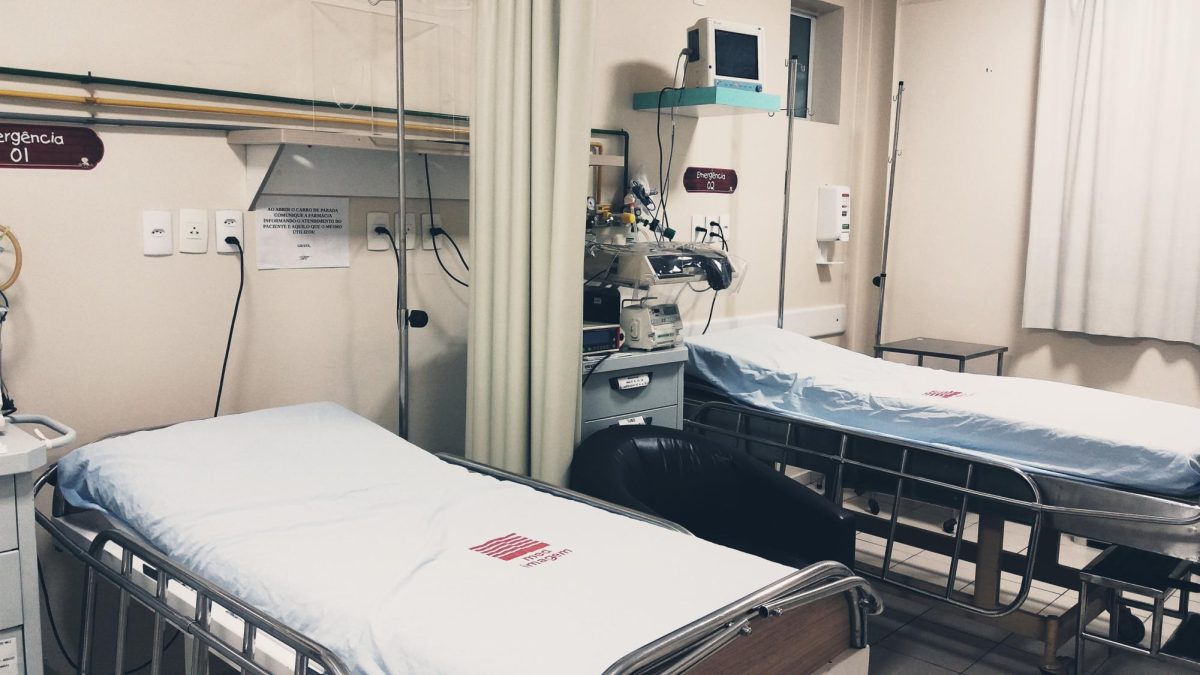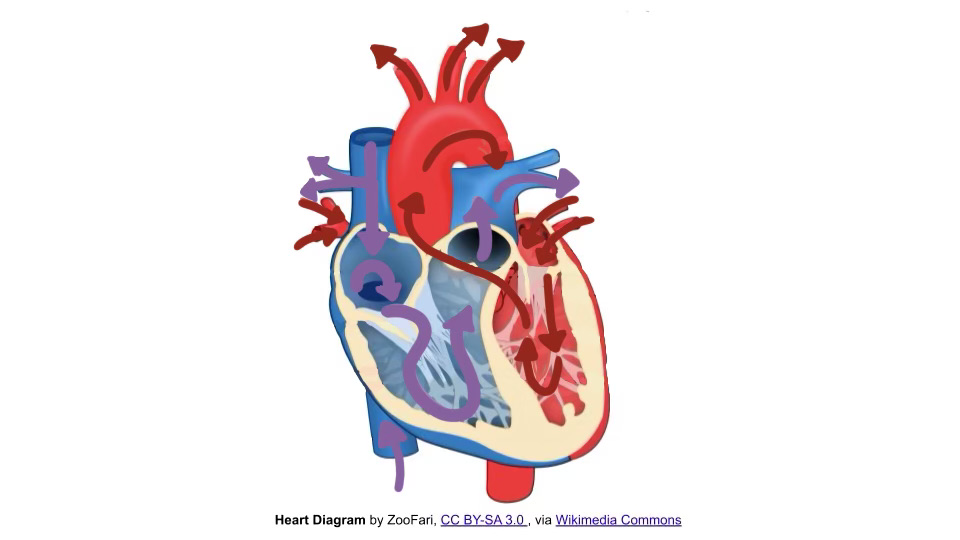The first partial heart transplant surgery performed on 18-month-old Owen Monroe in 2022 has been termed a success.
The lifesaving tissues transplanted into Owen have grown alongside him, a crucial step in the body’s development and acceptance of the new tissue as its own. The now 21-month-old will be less likely to have to undergo other risky heart surgeries as he develops.
A JAMA case study on Owen documented the progression of his new tissue. Owen had irreparable truncal valve dysfunction, meaning his heart could not move blood out to the rest of his body via the aortic or pulmonary valves.
After transplanting the healthy part of the heart that contains the truncal valves from a donor baby with hypoxic-ischemic brain injury, the doctors noted “adaptive growth and excellent hemodynamic function of the partial heart transplant valves.” Hemodynamic function refers to the movement of blood.
The surgery was performed at Duke Health. Since Owen’s surgery, nine other surgeries of this kind have been performed at Duke Health, and four have been performed at different locations. Before Owen’s surgery, the partial heart transplant procedure had only been tried by his doctor on piglets.
According to Duke’s Department of Pediatrics, the surgery paved the way for domino transplants, increasing the number of hearts available for needy babies.
In June 2023, 3-month-old Asher was given a new heart from a deceased donor. The arteries and valves from Asher’s old heart were then transplanted into another infant, much like Owen. Owen and Asher’s surgeries were performed by the same pediatric heart surgeon, Dr. Joseph Turek.
Turek said the development of the domino transplants was “probably one of the biggest advances in congenital heart surgery in the last 40 years. It’s a wonderful setup where two children can benefit from one initial gift.”
A Duke Press Release stated, “the procedure requires about a quarter of the amount of immunosuppressant medication than a full heart transplant, potentially saving patients from detrimental side effects that might compound over decades.”
Additionally, the standard of care prior to Owen’s pioneering surgery was to have replacement valves be transplanted often, as the valves initially transplanted did not grow alongside the child.
These surgeries each had a mortality rate of 50%, producing bleak outcomes for the patient. Curtailing these substantial contributors to a lower quality of life and a lower potential for survival, the new surgeries available to infants may save thousands of lives.
“You could potentially double the number of hearts that are used for the benefit of children with heart disease,” Turek said. “Of all the hearts that are donated, roughly half meet the criteria to go on to be used for full transplant, but we believe there’s an equal number of hearts that could be used for valves.”









